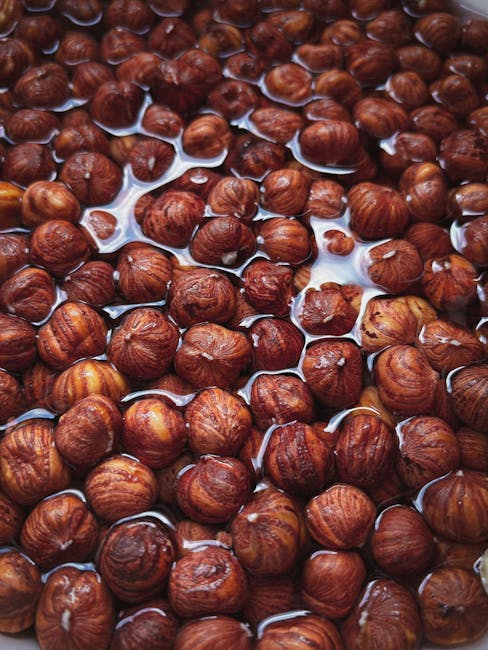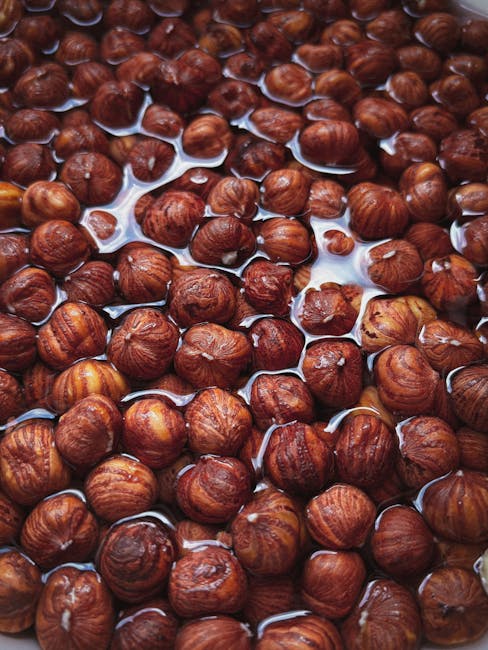Eat to Beat Your Diet: Outsmarting Your Cravings and Achieving Sustainable Weight Loss
Dieting can feel like a constant battle against your own body. The cravings, the hunger pangs, the feeling of deprivation – it’s enough to make anyone throw in the towel. But what if there was a way to outwit your diet, not by restricting yourself, but by strategically choosing the right foods to curb cravings and boost your metabolism? The secret lies in understanding how specific foods interact with your body and leveraging their power to achieve sustainable weight loss. This isn’t about deprivation; it’s about strategic eating.
Understanding the Hunger Hormones
Before we dive into specific foods, let’s understand the hormonal dance that governs our appetite. Two key players are ghrelin and leptin. Ghrelin is the hunger hormone, signaling your brain that you’re hungry. Leptin, on the other hand, is the satiety hormone, telling your brain you’re full. An imbalance in these hormones can lead to overeating and weight gain.
Many processed foods and sugary drinks disrupt this balance. They trigger a rapid spike in blood sugar, followed by a crash, leaving you feeling even hungrier than before. This cycle makes it incredibly difficult to stick to any diet.
Foods That Fight Hunger and Cravings
High-Protein Foods:
Protein is the champion of satiety. It takes longer to digest than carbohydrates or fats, keeping you feeling fuller for longer. This means fewer cravings and less likely to overeat throughout the day. Excellent sources include lean meats (chicken, turkey, fish), eggs, legumes (beans, lentils), Greek yogurt, and tofu.
High-Fiber Foods:
Fiber adds bulk to your diet, promoting a feeling of fullness. It also slows down digestion, preventing blood sugar spikes and crashes. Excellent sources of fiber include fruits (berries, apples, pears), vegetables (broccoli, spinach, Brussels sprouts), whole grains (oats, quinoa), and nuts and seeds.
Healthy Fats:
Don’t fear fats! Healthy fats are essential for hormone regulation and can actually help you feel satisfied. Choose unsaturated fats found in avocados, nuts, seeds, olive oil, and fatty fish (salmon, tuna). These fats help to stabilize blood sugar levels, reducing cravings.

Water-Rich Foods:
Often, thirst is mistaken for hunger. Staying adequately hydrated is crucial for weight management. Water-rich foods like fruits and vegetables contribute to your daily fluid intake, keeping you feeling full and preventing unnecessary snacking.
Strategic Meal Planning: The Key to Success
Choosing the right foods is only half the battle. Strategic meal planning is essential for long-term success. Here are some key strategies:
- Prioritize protein at every meal: This will keep you feeling full and satisfied between meals.
- Include fiber-rich foods: These will add bulk and slow down digestion.
- Don’t skip meals: Skipping meals can lead to overeating later in the day.
- Plan your snacks: Keep healthy snacks on hand to avoid impulsive, unhealthy choices.
- Mindful eating: Pay attention to your body’s hunger and fullness cues. Eat slowly and savor your food.
Beyond the Plate: Lifestyle Factors
While diet plays a crucial role, it’s not the only factor in weight management. Lifestyle factors significantly impact your success:

- Sleep: Lack of sleep disrupts hormones, increasing hunger and cravings.
- Stress: Stress can lead to emotional eating.
- Exercise: Regular physical activity boosts metabolism and burns calories.
Addressing Specific Cravings
Different cravings call for different solutions. Here’s how to address some common culprits:
- Sweet cravings: Satisfy them with naturally sweet foods like berries, a small piece of dark chocolate, or a sprinkle of cinnamon on your oatmeal.
- Salty cravings: Reach for a small handful of unsalted nuts or a cup of broth-based soup.
- Carby cravings: Opt for complex carbohydrates like whole grains or sweet potatoes, which provide sustained energy and fiber.
The Power of Consistency
The most important aspect of “eating to beat your diet” is consistency. It’s not about perfection; it’s about making sustainable changes that you can maintain over the long term. Don’t get discouraged by occasional slip-ups. Focus on getting back on track and continuing to make healthy choices.

Conclusion
Dieting doesn’t have to be a restrictive and miserable experience. By understanding your body’s hunger signals, choosing the right foods, and incorporating healthy lifestyle habits, you can outsmart your cravings and achieve sustainable weight loss. Remember, it’s about nourishing your body, not depriving it. Embrace the power of strategic eating and unlock your body’s potential for lasting health and well-being.

